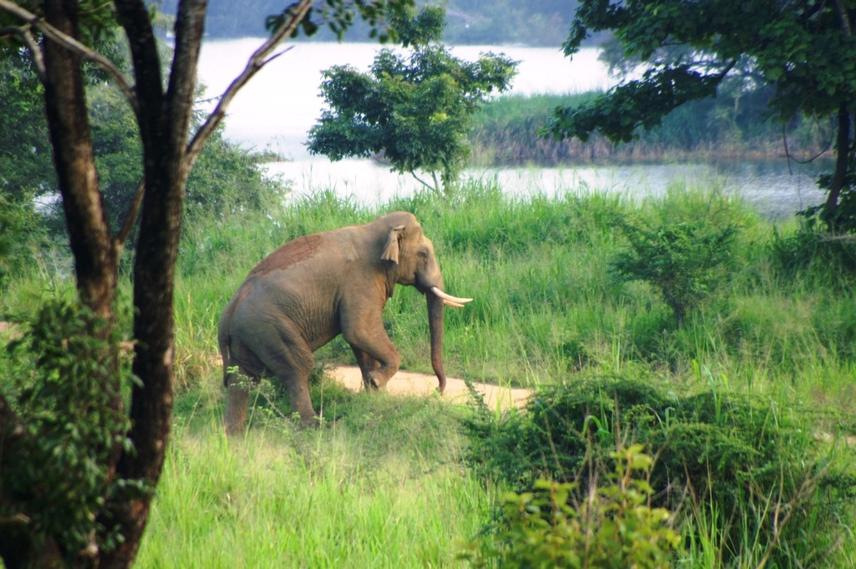Article featring the project.
The Jungle Grapevine - The Crossing Point: Behaviors that shows how critical corridors are to elephants
1 Sep 2008 Wasgamuwa National Park, Sri Lanka, Indian Sub-continent Conflict | People | Mammals
Human – elephant conflicts are as a result of agriculture-based land use practices that are incompatible with elephants. Therefore the project aims to meet the challenge of developing land use practices that will be compatible to living with elephants.

Human-elephant conflicts (HEC) is perhaps one of the biggest environmental issues in Sri Lanka and is the single most cause for extensive crop and property damages and for the death of a large number of elephants and humans. During the period 1997 – 2006 alone 1,413 elephants and 568 people had died in rural Sri Lanka due to HEC.
The main reason for elephant deaths is that elephants are simply killed whenever they interfere with agriculture. The extent of crop and property damage caused to farmers by elephants is ~US$10 million per annum, a substantial cost to bear for a population where nearly 70% of the people live in poverty. HEC continues to increase due to ineffective landscape-level planning and land use that is creating agriculture based livelihoods that are incompatible with elephants.
Sri Lanka’s primary rural industry is agriculture. The economy in Sri Lanka has long depended on agriculture as a major source of its income with more than one-third of the work population still working in this industry. The ecological and social costs of clearing forests to create new agricultural lands is very high since the resulting loss of habitat forces wild elephants to raid agricultural lands. Therefore HEC in Sri Lanka is almost entirely central to agricultural crop raiding. Currently there are very few efforts to develop solutions to resolve the livelihood and environmental concerns resulting due to the negative interaction of agriculture and elephants. Solutions to mitigate HEC need to address the livelihood crisis as a result of it and integrate alternative agriculture concepts that are compatible to living with elephants. Though agriculture is a huge contributing factor to HEC, the biggest challenge is that, to a large extent the solutions to mitigate HEC have to be based on agriculture. The alternative option of trying to change the traditional lifestyles of a vast rural farmer population would be an impossible task. An obstacle to developing projects reconciling agriculture and elephant conservation has been the difficulty to obtain funds to develop pilot projects.
Article featring the project.
The Jungle Grapevine - The Crossing Point: Behaviors that shows how critical corridors are to elephants